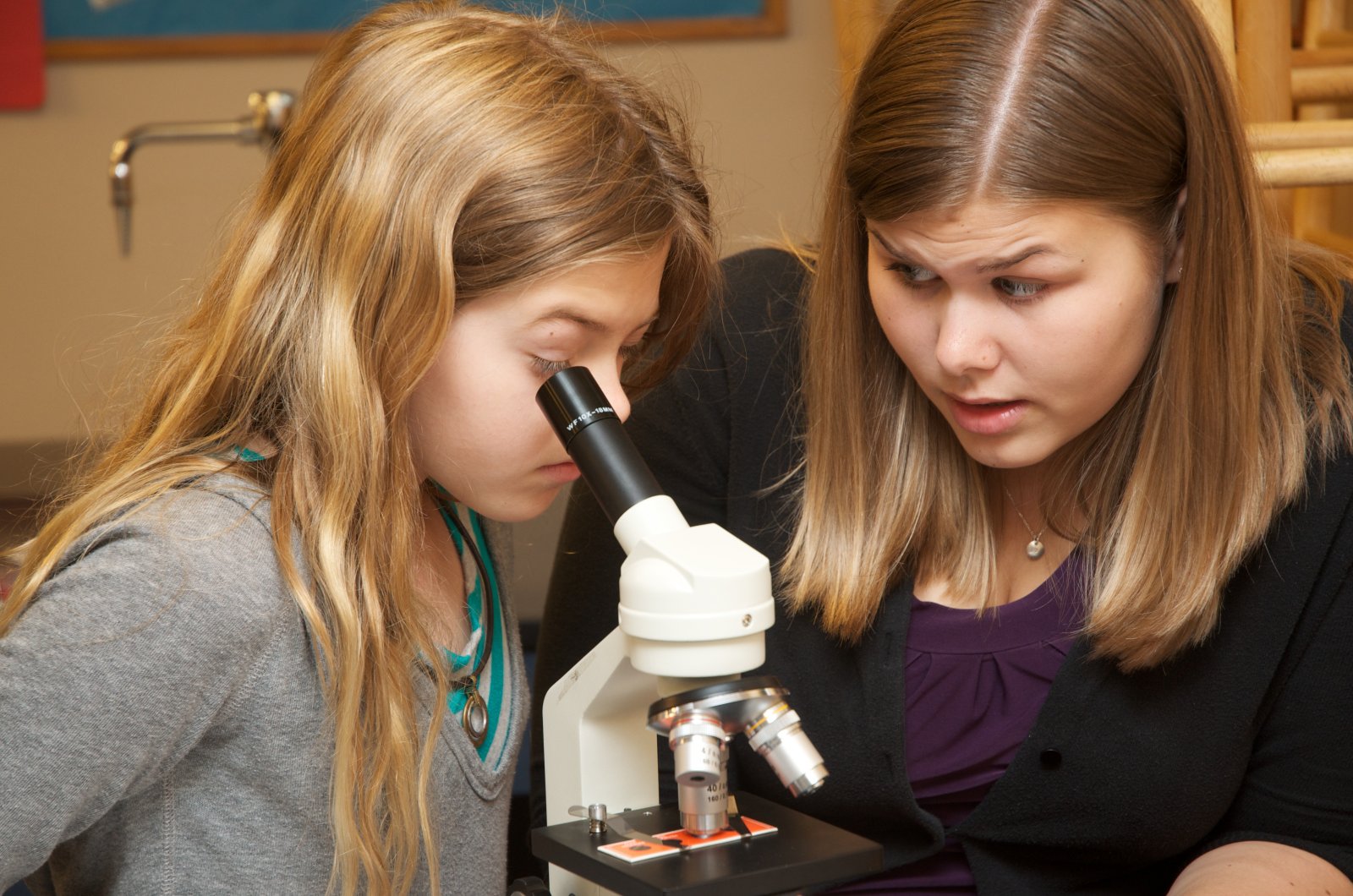DNA spells out exactly who you are: the color of your eyes, your blood type, the enzymes that break down food in your stomach, and even the pattern of your fingerprint. Students observe prokaryote and eukaryote cells and where the DNA is found in each. They learn cell-staining techniques for proper microscope slide preparation and examine these cells with high magnification. Students explore the field of genetic engineering: from the cloned orchids for sale in the supermarket to the genetically modified bacterial cells used to produce insulin in diabetics. They learn to read a DNA sequence, how our DNA compares to every other species and what makes genetic engineering and molecular biology possible.
Other Science Classes

